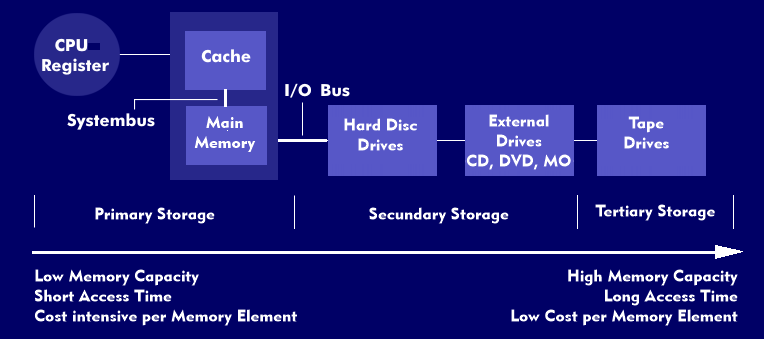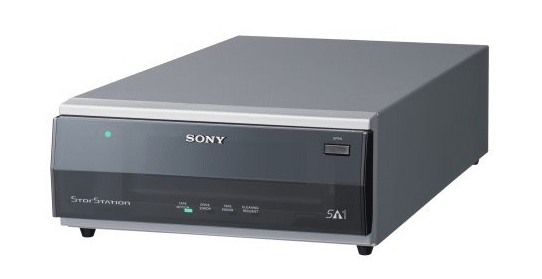streamer
Digital tape drives have been around since the early 1950s. At that time, they replaced the punch card as tertiary storage and were ideal storage media for mainframes and minicomputers. Today, thanks to their high storage capacities and the low cost per storage unit, their use is mainly aimed at archivingdata and backing up servers.
The development of tape drives
The first digital tape drives worked with 1/2- inch tapes, they had fixed magnetic heads and nine tracks. The storage density ofmagnetic tapes at that time was 1,600 bits per inch and was increased many times over by the 1980s. In addition, encoding techniques such as the Variable Rate Randomizer( VR2) provide much improved utilization of magnetic tapes.
All tape drives store their data on magnetic tapes, which are located in cartridges. Data storage is sequential at the block level, and the information blocks should be as large as possible. To reduce the amount of data, all magnetic tape drives use data compression. When specifying the storage capacity, a compression factor of 2:1 is usually assumed; a more or less arbitrarily chosen value, since the compression depends on the data structure. With the very efficient Advanced Lossless Data Compression( ALDC), the data reduction is 2.5:1
Streamers store data on magnetic tape, sequentially on one or more tracks, using the longitudinal track method and the oblique track method as recording methods. Due to the tape length and the sequentially stored data, search operations take a relatively long time. Access times range from a few seconds to several minutes.
Magnetic tape technology as a low-cost storage medium
Magnetic tape technology is used as an inexpensive storage medium for archiving and backing up large volumes of data, which subsequently tend to be accessed less frequently.
In the 1990s, various storage technologies, cartridges and tape drives were developed, of which some developments established themselves as the standard, while others were discontinued. Among the developments at that time were the 4-mm technology DigitalAudio Tape( DAT) or Digital Data Storage( DDS), the 8-mm technology with Advanced Intelligent Tape( AIT) and S-AIT, the VXA drive, the ADR drive, Advanced Digital Recording (ADR), and the Mammoth drive, the Quarter Inch Cartridge( QIC) with the Travan drive, and the 1/2-inch format with Digital Linear Tape( DLT) as well as SDLT (Super DLT) and Linear Tape Open( LTO).
Cartridges are used in array form as tape libraries for petabyte (`10^15`) storage. This is the case with Automated Tape Libraries( ATL) with fully automatic robot control.


